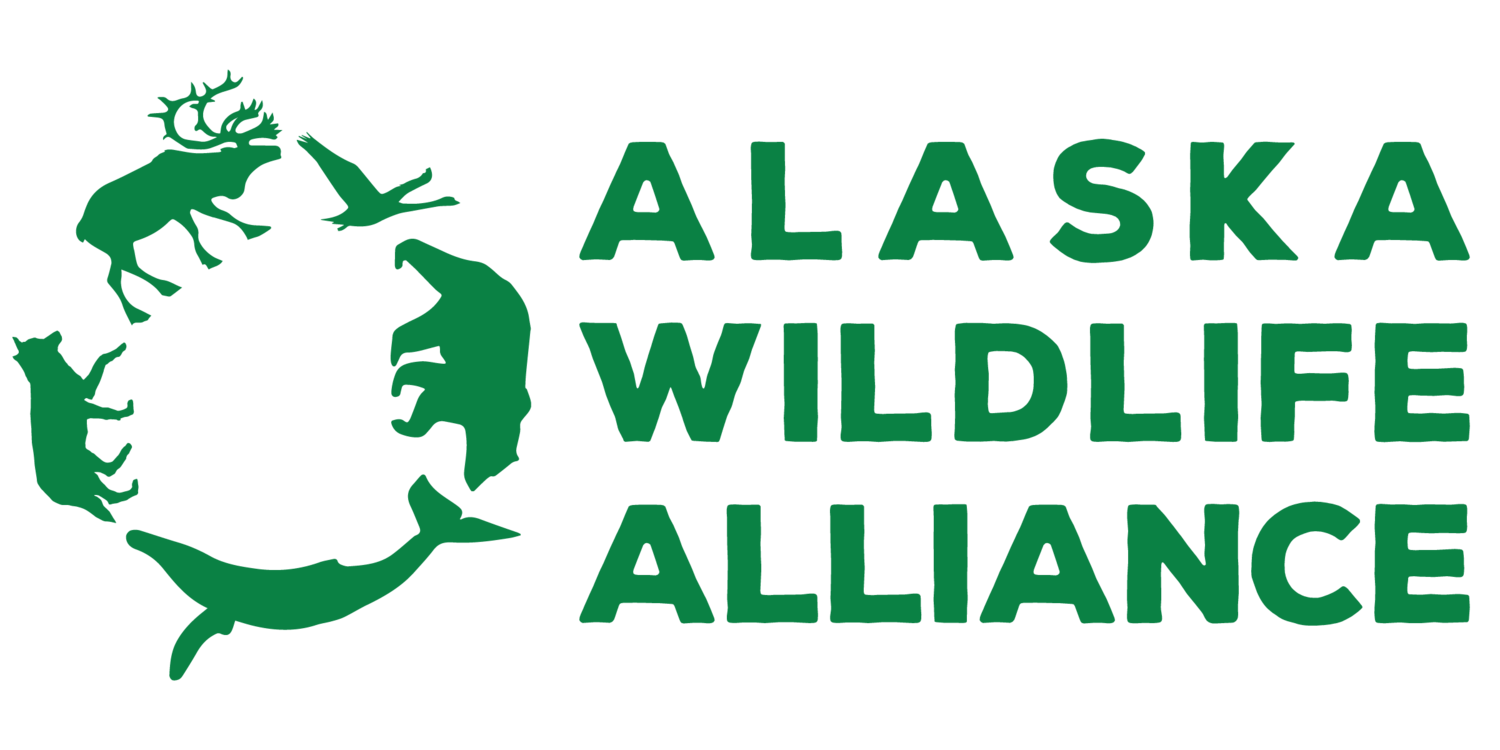Helping Wildlife in Western Alaska Adapt to a Changing Climate
Building a future for the Yukon-Kuskokwim Delta’s
most vulnerable species and communities.
The yukon-Kuskokwim Delta
18 Million Acres — The Yukon-Kuskokwim Delta (YKD), located on the west coast of Alaska and emptying into the Bering Sea, is one of the largest river deltas in the world, larger even than the Mississippi River Delta.
The unique landscape, approximately the size of Oregon, supports diverse ecological communities and the subsistence livelihoods of over 50 Indigenous communities and over 20,000 people.
The two rivers in the YKD, the Yukon and Kuskokwim Rivers are both critical spawning rivers for salmon and empty into the Bering Sea, which serves as an important commercial fishing area. The area is also home to numerous migratory birds, black and brown bears, caribou, moose, wolves, and muskox.
The YKD is among the most vulnerable arctic regions to climate change. Changes in sea level, temperatures, and precipitation, among others, will drastically impact wildlife populations and those that depend on them.
AWA’s work in yk delta and hooper bay
Hooper Bay (Naparyarmiut in Yup’ik) is located on the Bering Sea in the YK Delta. With over 1,000 residents, it’s the largest native community in the Delta. Yup’ik people have been living in the area for countless generations, and the residents maintain a close connection to traditional subsistence activities such as fishing, hunting, and gathering, all of which are essential for both sustenance and cultural preservation.
In response to their changing environment, in 2020, the Native Village of Paimiut, (NVP), whose people now live in Hooper Bay, sought the support of Alaska Wildlife Alliance to develop a climate resilience plan.
AWA assessed the climate vulnerability for wildlife, people, and habitat in Hooper Bay, and created a vulnerability assessment, the first plan of its kind for villages in this area. The data has been shared with community members, and we are applying for funding to support climate planning using nature-based solutions in Hooper Bay.
What are nature-based solutions?
From our assessment, we are developing on-the-ground solutions that are nature-based, conserve wildlife, and preserve subsistence lifestyles.
Nature-based solutions harness natural processes such as biodiversity conservation to mitigate environmental challenges. For instance, depositing sediment in wetlands can help plant communities and bird nesting sites become more resilient to sea-level rise, and planting dune grass can help slow sediment erosion.
As part of a multi-phased project, AWA is working with Tribal Councils and organizations, municipalities, state and federal agencies, and local academic institutions to:
Gather information from Western science and Indigenous knowledge on ecological changes and climate change projections in the project area.
Share the information with decision-makers and communities, and identify specific vulnerabilities to people and wildlife.
Provide resources on nature-based adaptation strategies that Resist (until a point), Accept (until a point), or Direct foreseen ecological changes.
Support local decision-makers in prioritizing replicable nature-based solutions that provide wildlife habitats while building resilience around coastal communities.
Develop and implement future pilot projects that demonstrate the feasibility of selected climate adaptation strategies with metrics of success so they may ultimately be replicated elsewhere on the Yukon-Kuskokwim Delta.
You can view a summary of the vulnerability assessment and our work in Hooper Bay here, or at the bottom of this page.
“As a young girl, growing up, everything was available and accessible. Fish along the Naparyaraq [Hooper Bay] slough, there was nothing but fish racks. And the fishermen that went out to the Bay would come back with a lot of fish. Spring, Fall, Winter, food used to be abundant. The weather used to be beautiful! The weather used to be beautiful when I was a little girl. ”
paimiut culture camp
During one of our visits to Hooper Bay in 2024, AWA, along with the Native Village of Paimiut and Applied Archaeology International, also helped support the Paimiut Culture Camp. The camp, offered to young adults in the village, was centered on rehabilitation efforts from the impacts of Typhoon Merbok, which destroyed much of the dune system protecting Hooper Bay from the Bering Sea.
What Awa needs from you
To accomplish the next phase of our climate adaptation work, including implementing the pilot projects chosen by tribal leadership, AWA and the Native Village of Paimiut need to raise additional funds. Given the recent uncertainty around federal funding, the fundraising goal will be better understood by June 2025.
To support the project or learn more, contact us at info@akwildlife.org or donate.
This project is currently made possible by the National Fish and Wildlife Foundation Coastal Resilience Fund, the Network for Landscape Conservation, the Charlotte Martin Foundation, the Sweetgrass Foundation, the National Audubon Society, AWA members, the Native Village of Paimiut Traditional Council, and many more.





















